Gardening
What to Do With Crunchy, Sweet & Spicy Bell Peppers
You picked so many peppers, you should be called Peter Piper. Learn how to use them, starting with Yotam Ottolenghi's marinated pepper salad.
Photo by Alexandra Stafford

Join The Sandwich Universe co-hosts (and longtime BFFs) Molly Baz and Declan Bond as they dive deep into beloved, iconic sandwiches.
Listen NowPopular on Food52
7 Comments
Smaug
April 5, 2021
I doubt that many of us are overloaded with peppers in April, though I was still harvesting a few in February; if they don't freeze pepper plants often make it through the winter. Peppers themselves freeze nicely- if you plan to roast them it's best to do it first, otherwise they can just be frozen whole. Very little problem with them sticking together, even if cut (large peppers take up much less room if cleaned and cut). Roasting peppers over a burner is sort of a last resort, though often the only practical option for one or two. I prefer to wrap them in a damp cloth after roasting- it stops the cooking faster, and the skins tend to come off in larger pieces.
Pepper plants are pretty deliberate at first- slow to germinate, and the seedlings grow slowly until they have two or three sets of true leaves. Most of them take a long time to ripen once they're set, especially the larger ones, but they do ripen well off the plant- much better than tomatoes, for instance. You are apt, at some point in the fall, to suddenly find them coming faster than you can handle. Small peppers- padrons, pepperoncini, serrano and the like can be astonishingly productive. Nothing very tricky about growing them- they don't take a lot of room (10 gal. containers are enough for the large ones), they're not particularly disease prone, they need steady feeding but nothing exotic, they need good light and grow best in warm temperatures (morning sun is best in hot areas- the fruit are susceptible to sun scald). They prefer a slightly alkaline soil.
Pepper plants are pretty deliberate at first- slow to germinate, and the seedlings grow slowly until they have two or three sets of true leaves. Most of them take a long time to ripen once they're set, especially the larger ones, but they do ripen well off the plant- much better than tomatoes, for instance. You are apt, at some point in the fall, to suddenly find them coming faster than you can handle. Small peppers- padrons, pepperoncini, serrano and the like can be astonishingly productive. Nothing very tricky about growing them- they don't take a lot of room (10 gal. containers are enough for the large ones), they're not particularly disease prone, they need steady feeding but nothing exotic, they need good light and grow best in warm temperatures (morning sun is best in hot areas- the fruit are susceptible to sun scald). They prefer a slightly alkaline soil.
Susan
September 6, 2014
Yum! I'll set this aside for next summer. My sweet peppers hardly produced (our yo-yo weather discouraged them). The hot peppers have vowed to make up the difference. I pickled a bunch last weekend then this morning took the easy way out and threw today's harvest into the dehydrator. The house has a wonderful peppery aroma. :-)
Alexandra S.
September 7, 2014
So fun! Next summer I want to try hot peppers. I am still dreaming about these blistered padron peppers my husband and I had at a tapas restaurant, and I keep reading about shishito peppers, but I can never find either at the market. It would be so much fun to have a supply of hot peppers on hand.
I am a completely novice gardener but from what I gather from friends, this wet summer has not been good for peppers and tomatoes. Every time I try to grow things, my appreciation for farmers grows. I wish I understood more!
I am a completely novice gardener but from what I gather from friends, this wet summer has not been good for peppers and tomatoes. Every time I try to grow things, my appreciation for farmers grows. I wish I understood more!
Weasel8
September 7, 2014
I grew shishitos this year, and the bad weather didn't seem to affect them at all. They are pretty easy, and probably wouldn't disappoint, so I'd recommend them for beginners.
Alexandra S.
September 7, 2014
Such great news. I went to my farmers' market this morning hoping (having not been in a few weeks) someone might have some shishitos, but once again, no luck. Definitely going to try growin shishitos next summer. Thanks!
Michael K.
September 5, 2014
Great article! I absolutely love peppers and put them in pretty much everything. Didn't know about leaving at room temperature with a towel over them.
Alexandra S.
September 7, 2014
Thanks, Michael! I only recently learned this, too. I was reading this book I've had for years, one that I often pull out this time of year, and I found that tip in the pepper chapter. The book is The San Francisco Ferry Plaza Farmers' Market Cookbook by Chistopher Hirsheimer (from Canal House) and Peggy Knickerbocker. I do still store peppers in the fridge when I know I am not going to use them in a few days, but since learning this tip, I try to cook my peppers within a few days of receiving them.

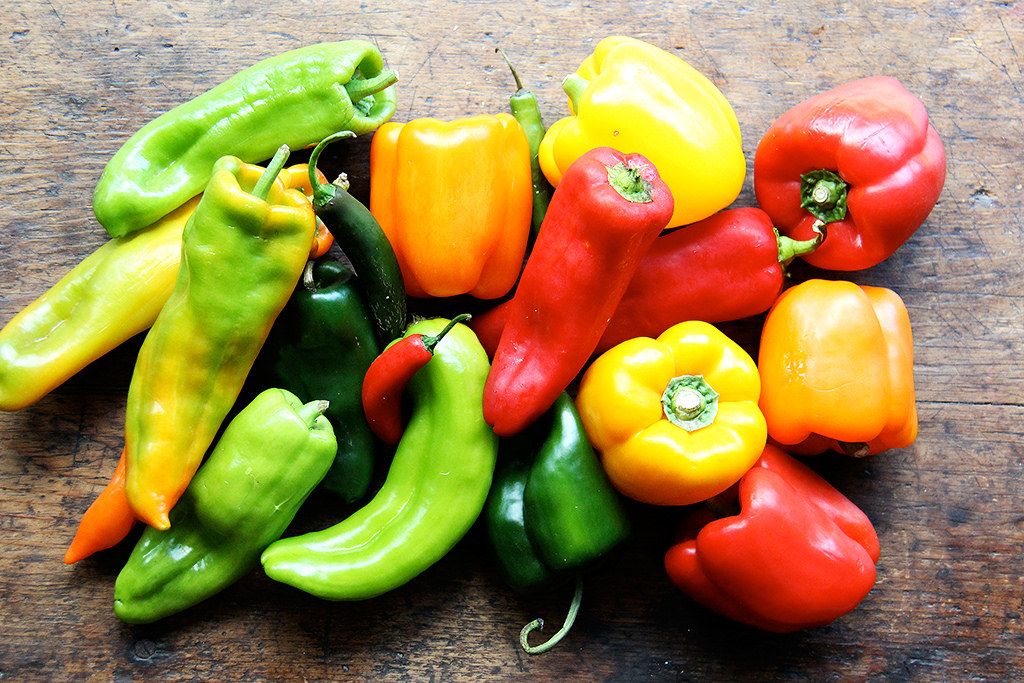

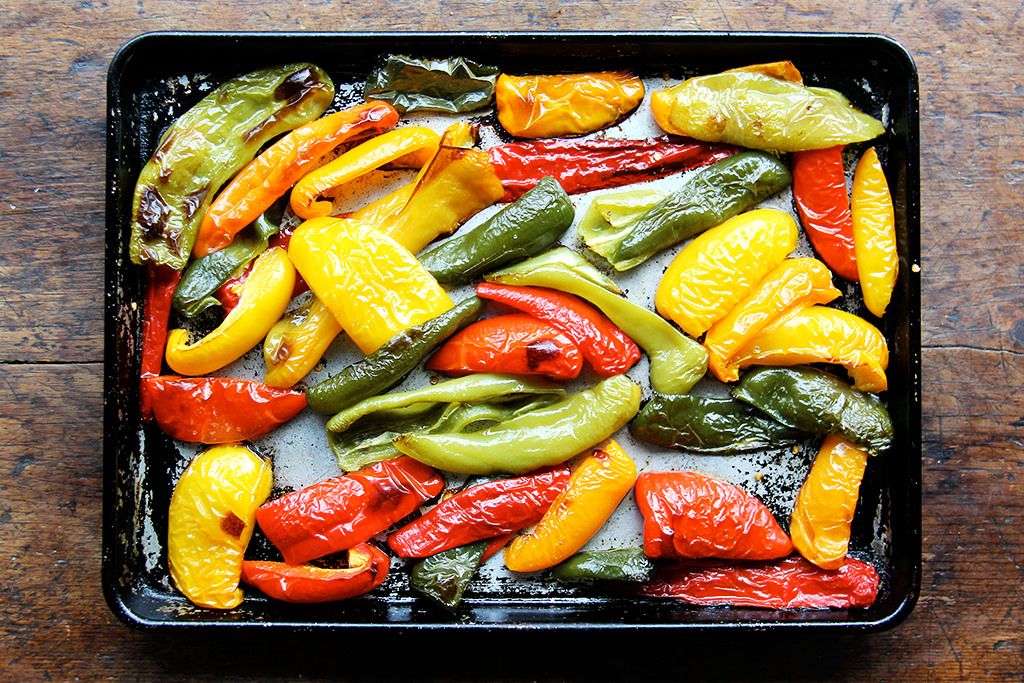
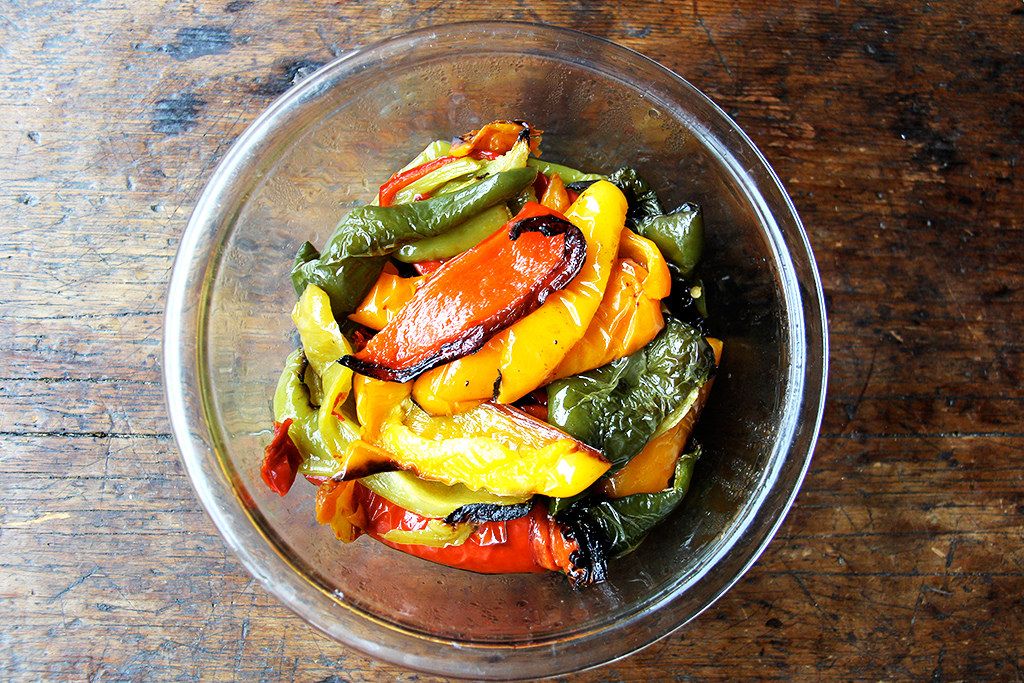

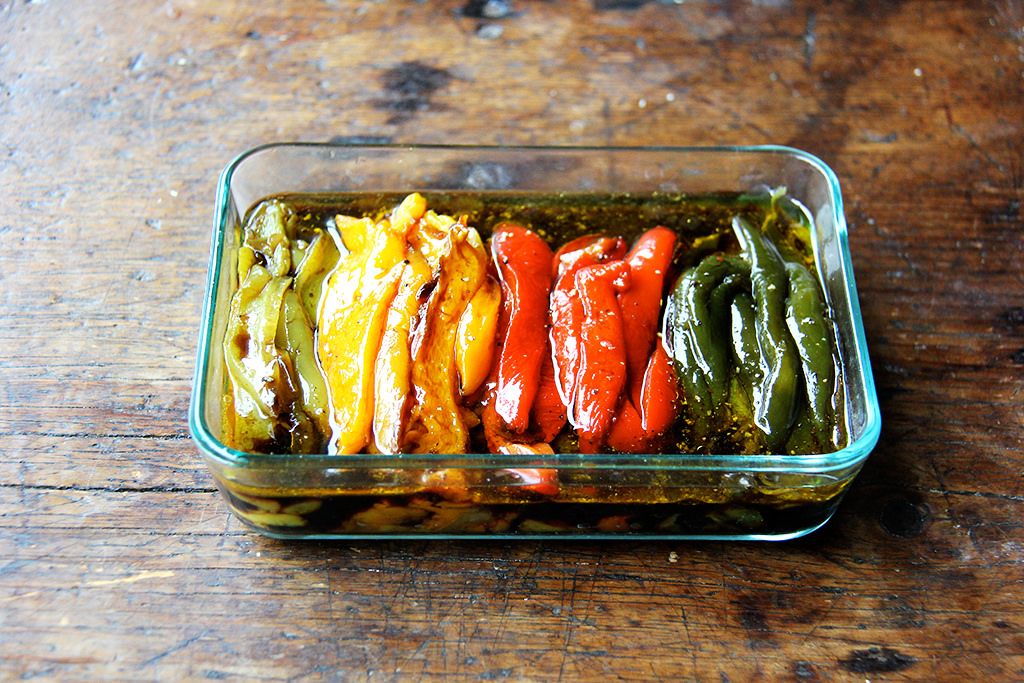
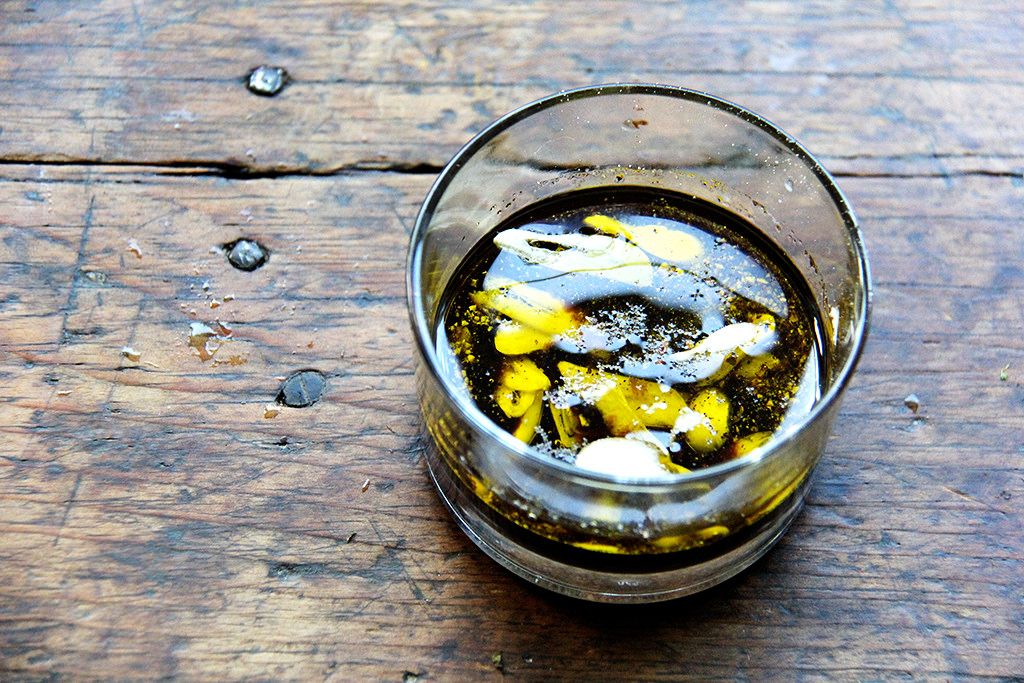
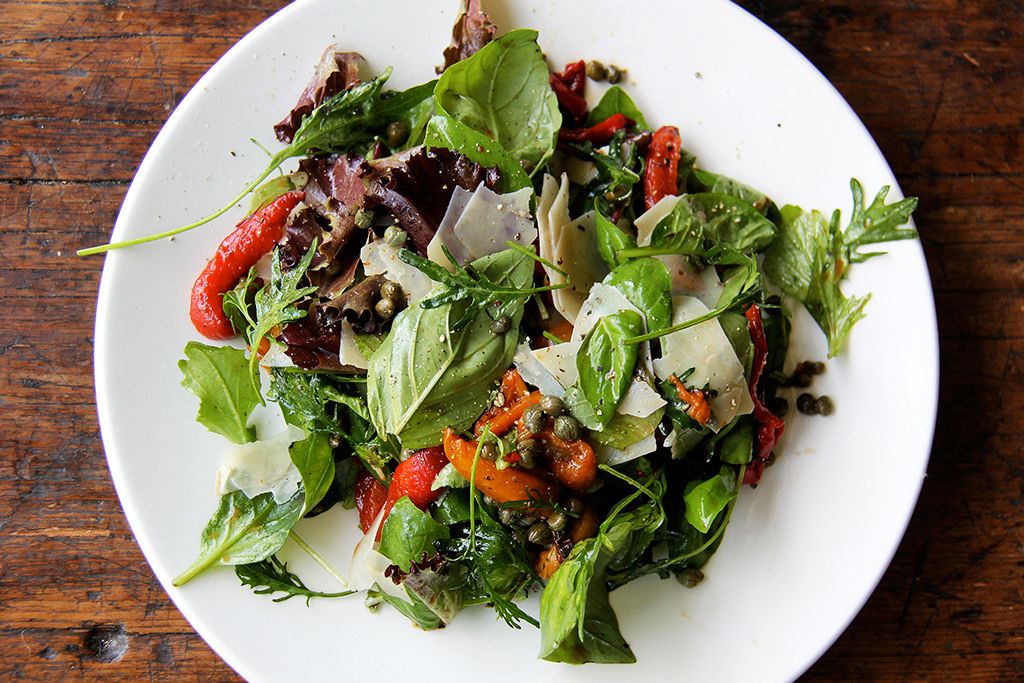
/ca411340-d7a1-4572-92dd-0e9147876081--Sauce_2.jpg)
/51a9ccae-2f00-420b-bc25-8de75585fa15--2019-1206_shishito-bell-peppers_final_3x2_rocky-luten_026.jpg)
/80e88172-2f53-41b5-a8be-9949b09d8c48--Peppers2.jpeg)
/51ba281b-ee52-412f-ac5b-14775ced43a2--2017-0824_jewish-matbucha-appetizer_julia-gartland-278.jpg)
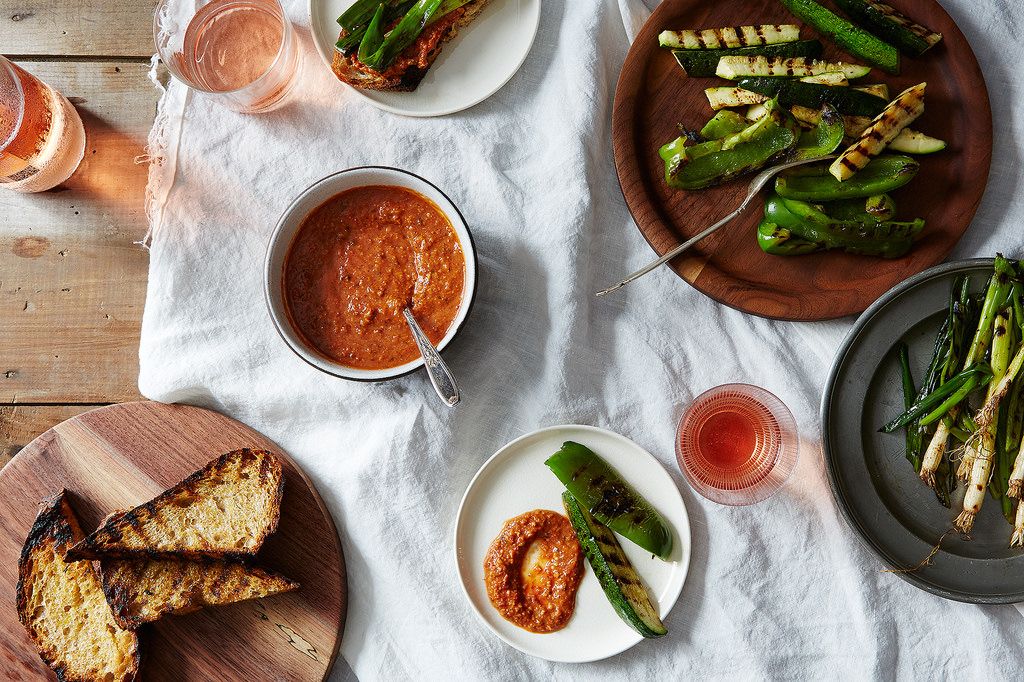

See what other Food52 readers are saying.